
Papadum the Goat and His Model Genome (Gallery)
Papadum
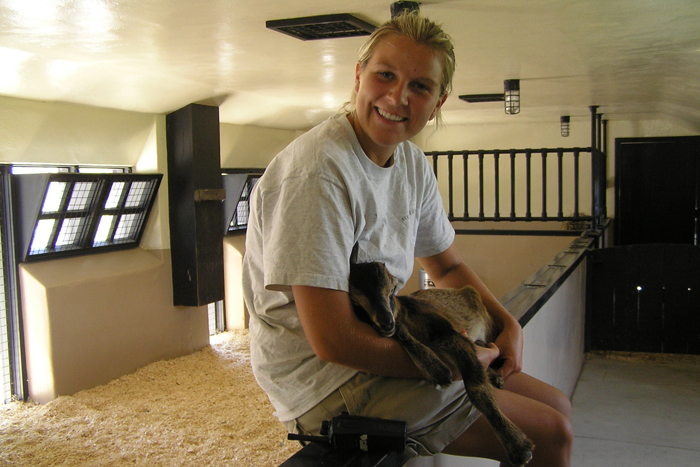
Currently living on a farm in Virginia, Papadum was recently selected by the U.S. Department of Agriculture (USDA) to represent one of more than twenty distinct goat populations from the United States, Africa and other areas across the world.
Researchers are collecting and sharing DNA and performance measures for the animals in an effort to identify unique genes, with the goal of connecting performance traits with DNA from various breeds. The resulting connections will help farmers breed their animals more efficiently, yielding healthier, more productive goats that will adapt well to their respective environments and contribute to a more sustainable food system worldwide.
In addition to aiding farmers and food systems, the program — called Feed the Future — will also increase the biodiversity of goat breeds across the world, making it a true win-win. For Papadum and the San Clemente goat breed of which he is a part — with a global population of just over 600 — this opportunity is especially exciting. San Clemente goats are known for their natural abilities in mothering, foraging, breeding and disease resistance, and their hardiness, short stature and gentle temperaments will make them prime candidates for a variety of terrains and conditions.
Papadum was born at SVF Foundation, one of the world's top ten biorepositories, and the only organization working exclusively to preserve heritage breeds through long-term cryopreservation of embryos and semen.
The need to preserve heritage and endangered breeds of livestock has never been more urgent than today. The United Nations Food and Agriculture Organization has reported that of the world’s 65,000 breeds, one breed a month becomes extinct. Today, 80 North American breeds are in decline or facing extinction.
SVF is focusing on the 40 most endangered breeds of hoofstock — a twenty-year project begun in 2002. With these materials safely stored, SVF can reawaken a heritage breed with its full genetic diversity within one generation.
Follow all of the Expert Voices issues and debates — and become part of the discussion — on Facebook, Twitter and Google +. The views expressed are those of the author and do not necessarily reflect the views of the publisher.
Elvis
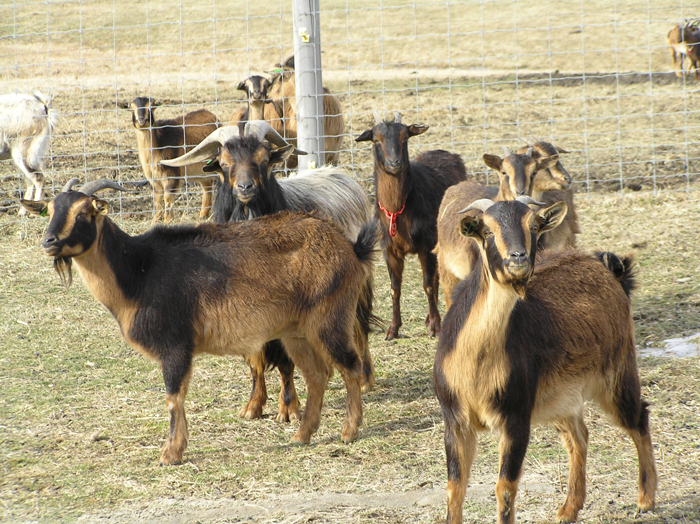
A herd of San Clemente goats, including Papadum's sire, Elvis, in the background. This group was part of SVF's genetic preservation program, providing semen, embryos, cells and blood.
Papadum
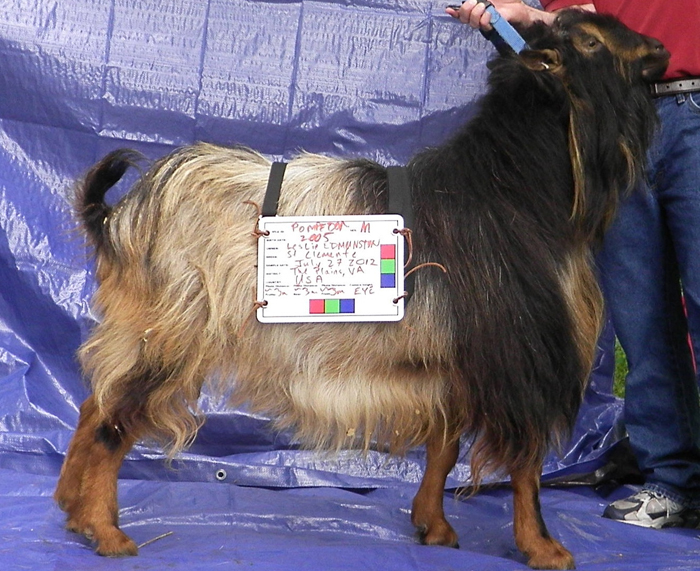
Papadum as an adult, being shown and receiving recognition as a critically endangered rare breed. Note that he was dehorned; San Clemente bucks general have impressive horns as adults.
Saving species

All of the genetic material collected from endangered breeds at SVF is stored using liquid nitrogen, and should remain viable indefinitely for future use. Dr. Dorothy Roof, SVF's Lab Director, carefully catalogues and stores samples in SVF's cryo tanks.
Papadum
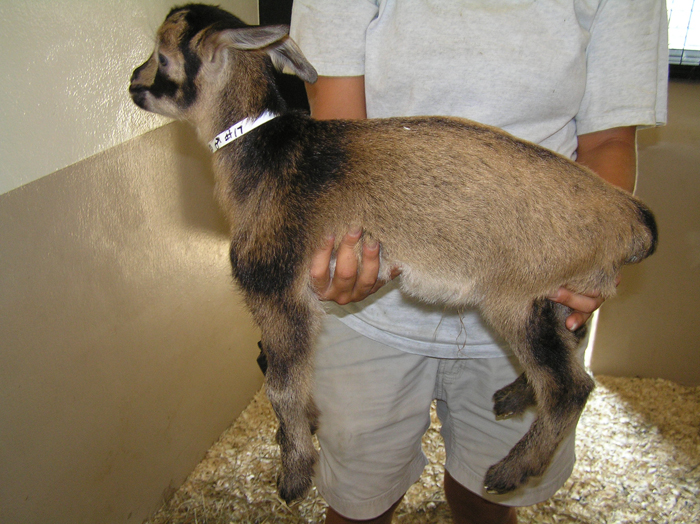
Papadum, a few weeks after birth at SVF Foundation.
Evaluating
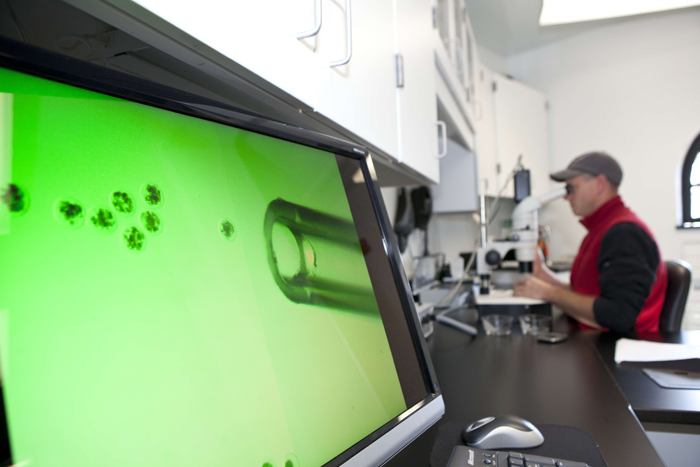
Dr. Kevin Lindell, a veterinarian from Tufts University, evaluates and cryopreserves embryos at SVF. The two organizations have enjoyed a close collaboration since the SVF program was established in 2002.
A new home
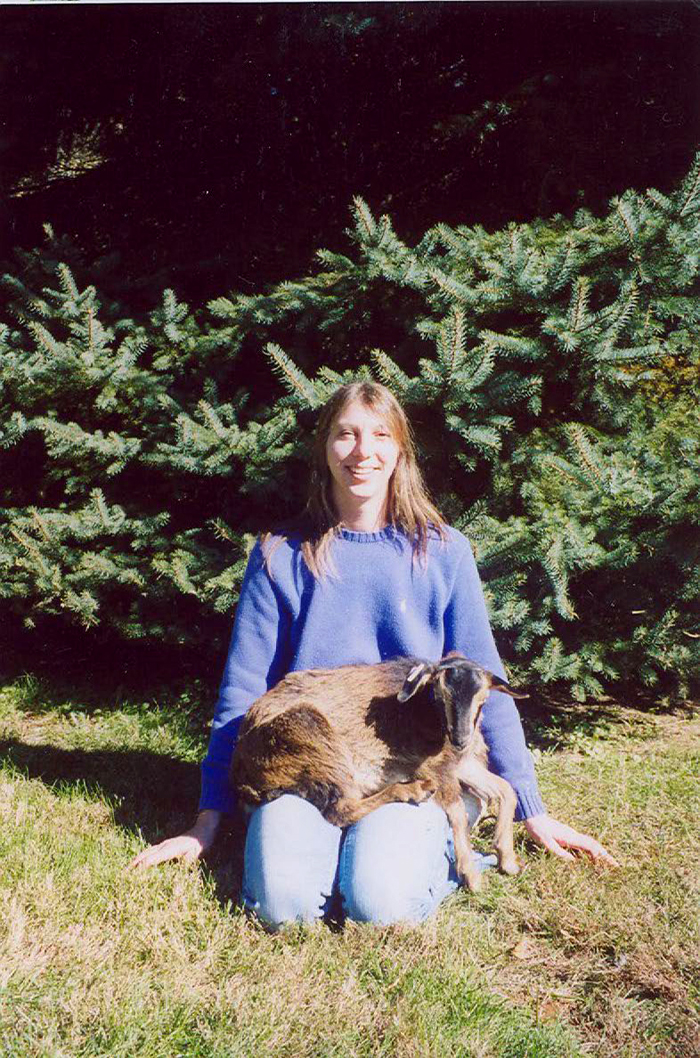
This is Papadum as an adult with his new owner, Leslie Edmondson.
Out on a pasture
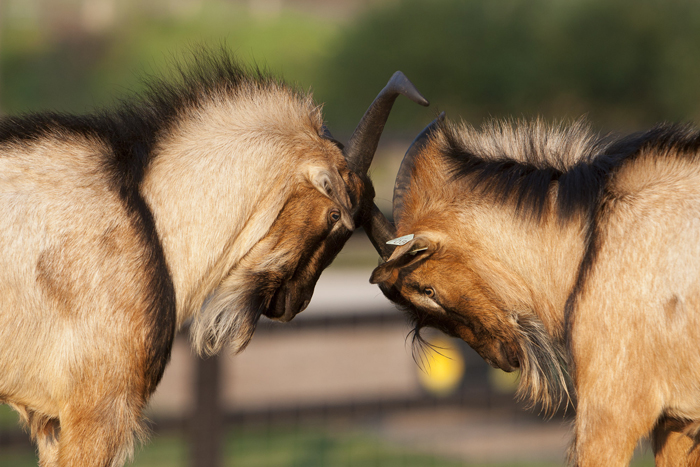
Two Arapawa bucks on pasture at SVF Foundation in Newport, R.I. This critically endangered breed is a close genetic link to the now extinct Olde English goats. Arapawa are one of 28 breeds currently represented in the SVF biorepository, which aims to preserve genetic diversity in animal agriculture.
Red Poll dam and heifer calf
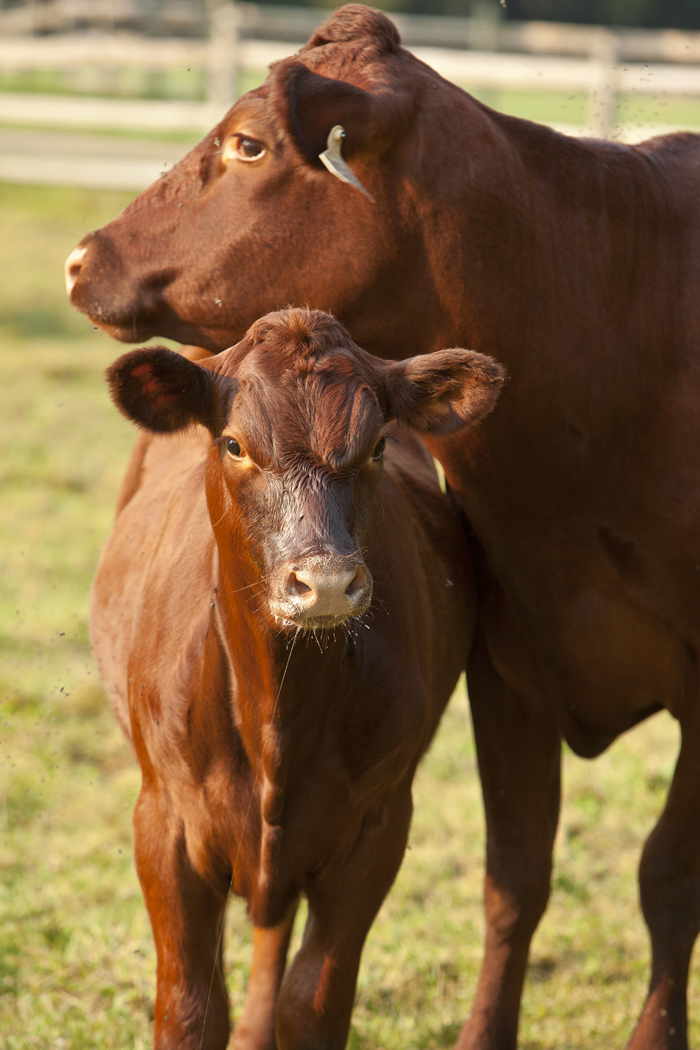
Red Poll dam and heifer calf, future embryo donors for SVF's preservation program. SVF aims to include 200 embryos and 3,000 units of semen per breed, representing as many individual donors and as much genetic diversity as possible within each targeted population.
SVF Foundation
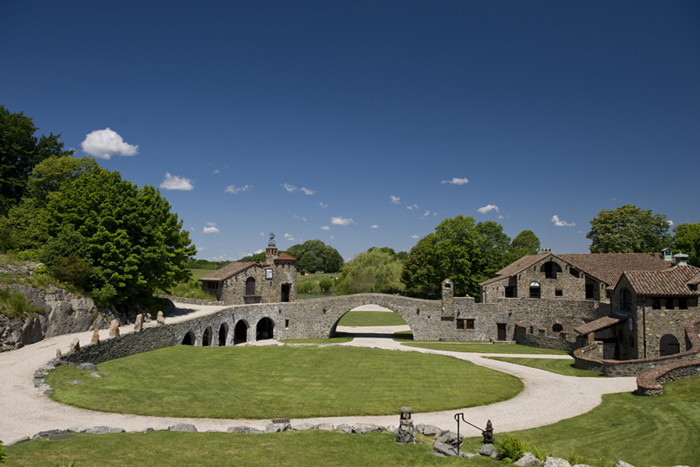
SVF Foundation's main campus in Newport, R.I.
Get the world’s most fascinating discoveries delivered straight to your inbox.
